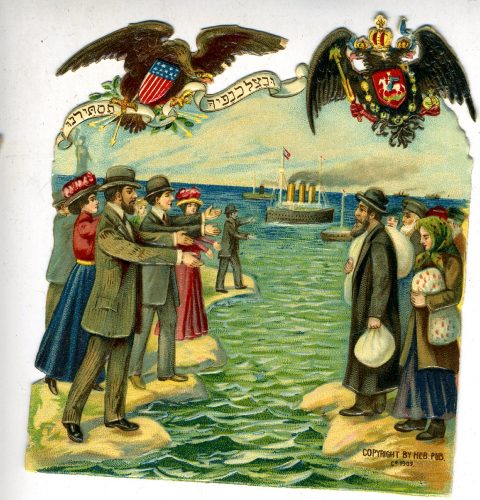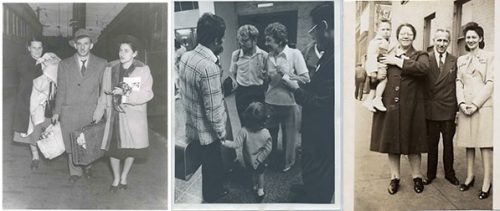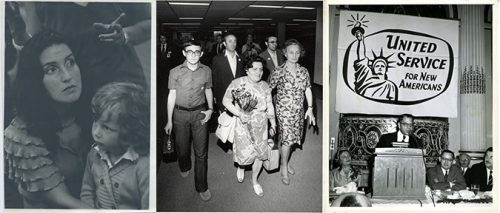JMM Insights: Recovery & Renewal

This month’s edition of JMM Insights comes from Program Manager Trillion Attwood, as she shares a look at the development of our newest program series, Recovery & Renewal: The Immigration Experience. Missed any previous editions of JMM Insights? You can catch up here!

The series, titled Recovery & Renewal: The Immigration Experience, has been in development since 2018 and is inspired by our current exhibit Stitching History from the Holocaust. This exhibit, on loan from the Jewish Museum Milwaukee, explores the attempts made by one woman and her husband to escape from Nazi persecution and find refuge in America. The exhibit reminds viewers that the staggering loss of life during the Holocaust denied the world not merely of millions of human beings, but of the potential achievements of those individuals—whether artistic, scientific, political, philosophical, or otherwise.
At the JMM we use programming to add to the conversations that are started within our exhibits. In the case of Inescapable: The Life and Legacy of Harry Houdini we decided to explore in greater detail subjects such as Houdini’s wife Bess, his time in Hollywood, and his place in Vaudeville history.

Much of the current political rhetoric around immigration mirrors that of the 1930s and 1940s. For example, the way in which individuals’ religion was perceived to be indicative of their potential negative impact upon society, or the way in which individuals, regardless of religion, were denied access to safe havens despite facing intolerable and dangerous conditions in their homes.

We hope this series will encourage greater understanding and empathy for those who are trying to enter our country today, while dispelling some of the myths and misinformation within some political rhetoric. By encouraging visitors to act now, we hope to avoid future generations having to ask the same questions: What could have been? What achievements were lost?
The generous funding provided by the Lois Rosenfield Caring Fund to support this series means we are able to offer additional features for the series’ programs. All the presentations will be followed by a light reception, during which we will continue to discuss the themes explored within the presentations. We will take time to really reflect upon what we have heard and think about how we might best be able to apply the lessons learned to the current immigration situation and our own lives.

This is certain to be an excellent, thought provoking, and inspiring series. Please join us for one or more of the upcoming programs – I would especially encourage you to try to attend one from each era of immigration explored.
Above images of immigration selected from the collections of the Jewish Museum of Maryland.
